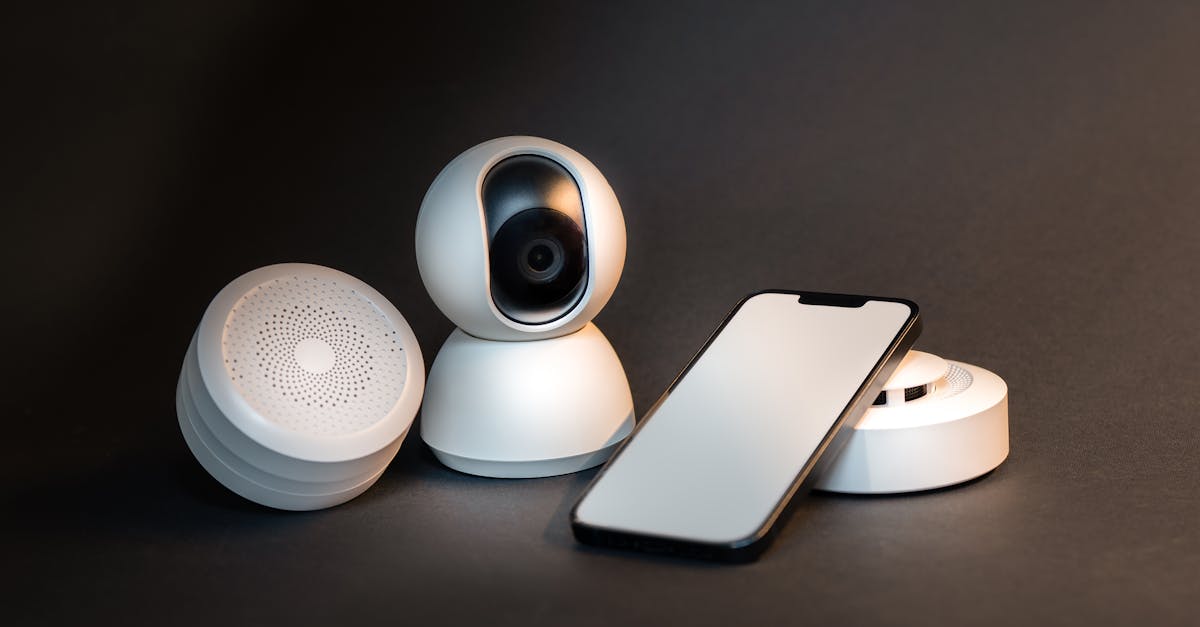The Impact Of 5g On Augmented Reality Experiences: A New Era Of Interaction

Introduction
5G technology has been a hot topic in recent years, promising faster speeds and more reliable connections. But what impact will it have on augmented reality experiences? This new era of interaction is set to revolutionize the way we engage with the world around us.
Evolution of Augmented Reality
Augmented reality, or AR, has come a long way since its inception. From simple AR filters on social media platforms to sophisticated AR applications in industries like healthcare and education, the technology has evolved rapidly. With the introduction of 5G, the possibilities for AR experiences are endless.
Enhanced Connectivity
One of the key benefits of 5G is its ability to provide ultra-fast speeds and low latency. This means that AR applications can now operate seamlessly in real-time without any lag. Imagine walking down the street and seamlessly interacting with AR content that is superimposed on your surroundings.
Improved Quality
Another major advantage of 5G is the improved quality of AR experiences. With faster speeds, AR applications can render high-definition graphics and videos without any interruptions. This opens up new possibilities for immersive storytelling and interactive experiences.
Applications of 5G in AR
The combination of 5G and AR has the potential to revolutionize various industries. Here are some examples of how this new technology can be applied:
Healthcare
5G-enabled AR can be used in healthcare for remote surgeries, medical training, and patient education. Imagine a surgeon performing a complex operation with the help of AR visuals that provide real-time guidance and information.
Education
In the field of education, 5G-powered AR can enhance classroom learning by providing interactive experiences for students. Students can explore historical sites through AR apps or dissect virtual organisms in biology classes.
Retail
Retailers can use 5G AR to create virtual shopping experiences for customers. Imagine trying on clothes virtually or seeing how furniture looks in your living room before making a purchase.
Challenges and Considerations
While the potential of 5G in AR is exciting, there are also challenges that need to be addressed. These include issues related to privacy, security, and network coverage. As with any new technology, it is important to consider the implications and ensure that proper safeguards are in place.
Conclusion
The integration of 5G technology with augmented reality is ushering in a new era of interaction. With enhanced connectivity and improved quality, the possibilities for AR experiences are limitless. As we continue to explore the potential applications of this technology, it is important to consider the challenges and ensure responsible implementation for a truly immersive and engaging future.